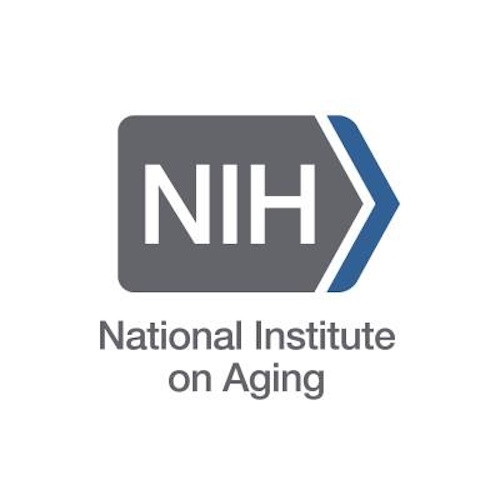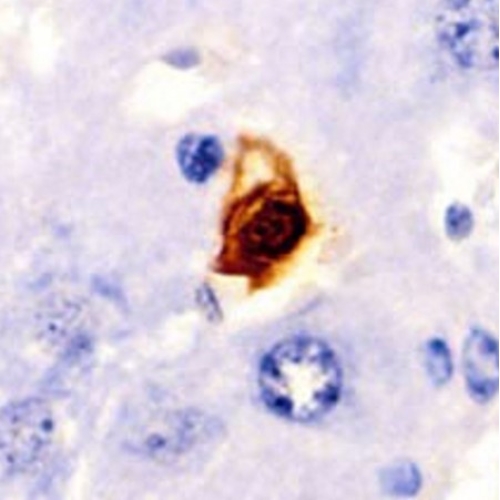Key points from article :
Concerns have been with dasatinib plus quercetin(DQ) as a senolytic therapy but recent study shows positive results.
Senolytics target senescent cells – cells that have reached their division limit, but persist and produce toxic chemicals.
They reduce tissue repair, contribute to chronic inflammation, neurodegeneration, cancer and other age-related diseases.
Researchers showed that a 3-day course of DQ selectively eliminated senescent cells in 9 people aged 55-79.
Positive results were seen in patients with diabetic chronic kidney disease, idiopathic pulmonary fibrosis and human skin biopsies with systemic sclerosis.
“The demonstration that senescent cell numbers can be reduced in two tissues in humans is an important advance based on the compelling evidence from studies in laboratory mice"-Ronald Kohanski, NIA
Research by Mayo Clinic published in EbioMedicine.






